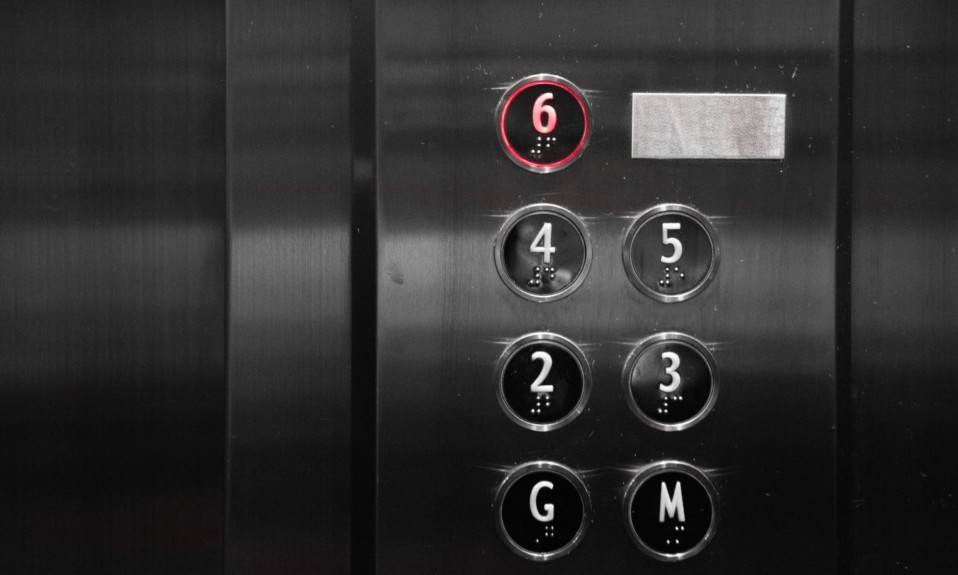New research shows treadmill workouts benefit males seeking treatment for stimulant addiction—but, surprisingly, is inconclusive for women
By Sophia Dokyoung You, Ph.D.
October 29, 2020Does exercise help the process of recovery? And if so, does it have a different impact if you are a man or a woman in recovery?
Researchers know that, for the non-recovery population, regular exercise helps to improve sleep, weight management, mental function, mood and physical health. And the Centers for Disease Control and Prevention (CDC) recommends that adults do moderate-intensity activity (e.g., brisk walking) at least 150 minutes a week and strengthening muscles at least two days a week.
To what extent might exercise benefit people who are seeking to recover from addiction?
To answer these questions, Madhukar Trivedi, M.D., a psychiatrist at University of Texas Southwestern Medical Center, conducted a clinical trial. In particular, Dr. Trivedi sought to understand the benefit of exercise for individuals who wanted to stop using stimulants such as cocaine, methamphetamine and amphetamine. The title of his research program is: Stimulant Reduction Intervention Using Dosed Exercise (STRIDE).
Dr. Trivedi found that the individualized treadmill exercise uniquely helped the male participants. They experienced less withdrawal symptoms. …In contrast, the women not only didn’t get the benefits, they actually experienced the opposite, including no effect on withdrawal symptoms.”
Research participants in the STRIDE trial were recruited from residential treatment programs and were randomly assigned to one of two treatment conditions: exercise or health education. All participants had a medical clearance for exercise. For the condition group, the intensity of exercise was individualized. Each participant’s duration and frequency of treadmill exercise was calculated based on two rules. The treadmill exercise should (1) increase each person’s heart rate up to 75 or 80% of their maximal heart rates and (2) produce 12 kcal per bodyweight (kg) of energy expenditure in a week. An example of an exercise prescription was 30 minutes of treadmill exercise, three days per week.
Each person’s exercise was supervised, and heart rate and blood pressure were closely monitored before and after the exercise. Participants started their prescribed exercise program at a residential program and continued their exercise after discharge. The total period of exercise was up to nine months.
Dr. Trivedi found that the individualized treadmill exercise uniquely helped the male participants. They experienced fewer withdrawal symptoms, reduced waist circumference and decreased baseline heart rates. In contrast, the women not only didn’t get the benefits, they actually experienced the opposite, including no effect on withdrawal symptoms plus weight gain and increased waist circumference.
Researchers speculated that women might have lost their interest in a prescribed exercise program as they gained weight early in the exercise program and reported no changes in withdrawal symptoms. The researchers theorized that the female participants may have preferred different types of exercise, such as dance, yoga, tai chi with music or activities with social interaction. It should also be acknowledged that other evidence supports that cardio activities like aerobic exercise benefit women in addiction treatment by improving cardiovascular health.
Researchers speculated that women might have lost their interest in a prescribed exercise program as they gained weight early in the exercise program and reported no changes in withdrawal symptoms.”
To date, growing evidence suggest that exercise helps recovery of people seeking treatments for addiction. We need more research to understand which types of exercise provide the most benefit to men and women in addiction treatment. Regardless of the benefits on the recovery process of addiction, regular exercise has many known benefits in improving physical and mental health.
Despite the findings in this report, the best practice remains the same, for men and for women: Make exercise a part of your recovery plan and health enhancement plan, if you have not been exercising regularly previously. It will help. Exercise offers several health benefits that may be relevant to the recovery of substance use disorder. And for women in recovery, in particular, a group exercise such as aerobics or dance may provide the increased motivation to sustain engagement over the long run.
If you are the person in recovery and are not exercising, the study offers this takeaway: Consider starting a conversation with your doctor, counselor or physical therapist to build your exercise program.
Sophia Dokyoung You, Ph.D., is a licensed psychologist at Stanford Pain Management Center and a researcher at Stanford Systems Neuroscience and Pain Lab. Previously, she worked as a registered nurse at Cleveland Clinic and a research nurse at Ohio State University, Clinical Trials Office. Dr. You received her master’s and doctoral degree in clinical psychology at Texas A&M University, completed post-doctoral training at Stanford and received a Mentored Patient-Oriented Career Development Award from the National Institutes of Health.
Photo: Kunal Goswami














